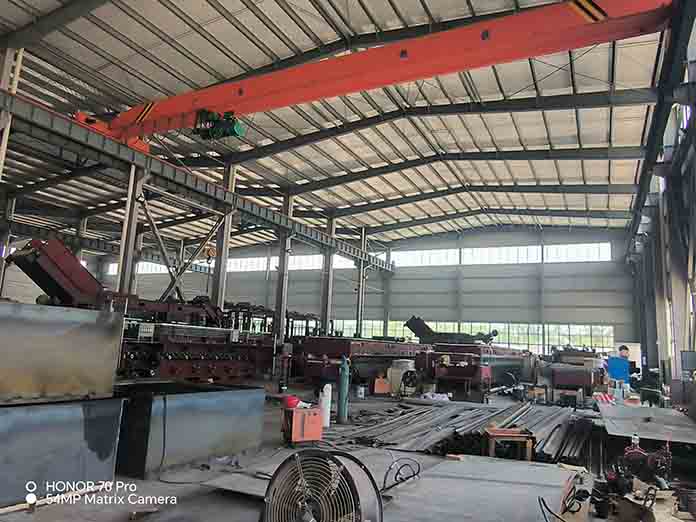Structure and Annealing Process of Bright Annealing Furnace for Stainless Steel Tubes
A bright annealing furnace for stainless steel tubes is a specialized heating equipment used to thermally treat stainless steel pipes. This type of furnace ensures that the metal regains its optimal mechanical properties while maintaining a clean, oxide-free, and lustrous surface finish.
The bright annealing furnace typically consists of the following main components:
• Furnace Body: Provides structural support and insulation, ensuring even heat distribution within the chamber.
• Heating System: Equipped with high-performance heating elements that raise the furnace temperature to the required annealing level.
• Control System: A precise temperature control system that monitors and adjusts the heating, holding, and cooling phases.
• Cooling System: Ensures controlled cooling of the stainless steel tubes after the annealing process to prevent stress formation or material brittleness.
• Exhaust System: Efficiently removes waste gases and harmful emissions from the furnace, maintaining a safe and clean working environment.

The bright annealing process involves several key steps to ensure both surface brightness and internal structural refinement:
• Loading and Preparation:
Place the stainless steel tubes into the heating chamber. Ensure the outer surfaces are clean and free from contaminants. Air inside the tubes should be purged using an inert gas (such as nitrogen or argon) to create an oxygen-free atmosphere.
• Heating Phase:
Gradually increase the furnace temperature to the target annealing range, typically between
800°C and 1100°C, depending on the specific alloy composition and tube specifications.
• Soaking/Annealing Phase:
Maintain the set temperature for a predetermined period—usually ranging from
1 hour to several hours—to allow full stress relief and recrystallization of the metal microstructure.
• Controlled Cooling:
After the soaking phase, reduce the temperature at a controlled rate to prevent thermal shock and minimize residual stresses. Uniform cooling helps maintain dimensional stability and mechanical integrity.
• Unloading and Final Cooling:
Once the furnace has cooled to a safe handling temperature, remove the stainless steel tubes and allow them to cool completely under controlled conditions to stabilize their internal structure.
By following this precise annealing procedure, stainless steel tubes achieve:
• A clean, bright, and oxide-free surface appearance
• Improved ductility and formability
• Enhanced corrosion resistance
• Reduced internal stresses and uniform grain structure
This optimized annealing process plays a crucial role in producing high-quality stainless steel tubing suitable for industries such as automotive, aerospace, chemical processing, and food equipment manufacturing.
BAI KA Copyright © 2025 ALL rights reserved